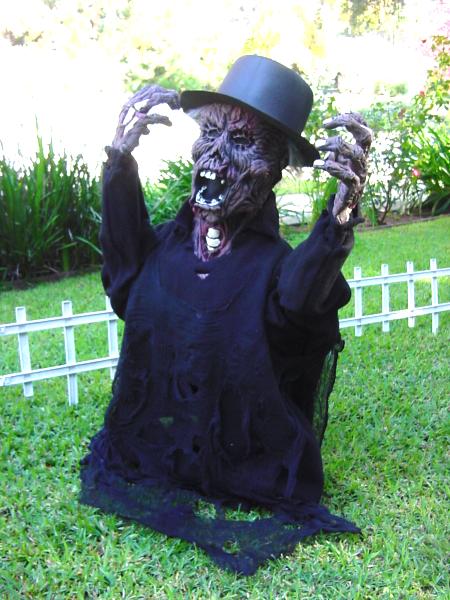 Halloween, or Hallowe'en, is a holiday celebrated on the night of October 31. Traditional activities include trick-or-treating, carving jack-o-lanterns, Halloween festivals, bonfires, costume parties, visiting "haunted houses" and viewing horror films.
Halloween, or Hallowe'en, is a holiday celebrated on the night of October 31. Traditional activities include trick-or-treating, carving jack-o-lanterns, Halloween festivals, bonfires, costume parties, visiting "haunted houses" and viewing horror films.Halloween originated from the Pagan festival Samhain, celebrated
 among the Celts of Ireland and Great Britain. Irish and Scottish immigrants carried versions of the tradition to North America in the nineteenth century. Other western countries embraced the holiday in the late twentieth century. Halloween is now celebrated in several parts of the western world, most commonly in Ireland, the United States, Canada, Puerto Rico, and the United Kingdom and occasionally in parts of Australia and New Zealand.
among the Celts of Ireland and Great Britain. Irish and Scottish immigrants carried versions of the tradition to North America in the nineteenth century. Other western countries embraced the holiday in the late twentieth century. Halloween is now celebrated in several parts of the western world, most commonly in Ireland, the United States, Canada, Puerto Rico, and the United Kingdom and occasionally in parts of Australia and New Zealand.The term Halloween (and its alternative rendering Hallowe'en) is shortened from All-hallow-even, as it is the eve of "All Hallows' Day", also which is now known as All Saints' Day. It was a day of religious festivities in various northern European Pagan traditions, until Popes Gregory III and Gregory IV moved the old Christian feast of All Saints' Day from May 13 to November 1. In the ninth century, the Church measured the day as starting at sunset, in accordance with the Florentine calendar. Although All Saints' Day is now considered to occur one day after Halloween, the two holidays were, at that time, celebrated on the same day.

Liturgically, the Church traditionally celebrated that day as the Vigil of All Saints, and, until 1970, a day of fasting as well. Like other vigils, it was celebrated on the previous day if it fell on a Sunday, although secular celebrations of the holiday remained on the 31st. The Vigil was suppressed in 1955, but was later restored in the post-Vatican II calendar. Many European cultural traditions, in particular Celtic cultures, hold that Halloween is one of the liminal times of the year when spirits can make contact with the physical world, and when magic is most potent (according to, for example, Catalan mythology about witches and Irish tales of the Sídhe).
+copy.jpg)


No comments:
Post a Comment